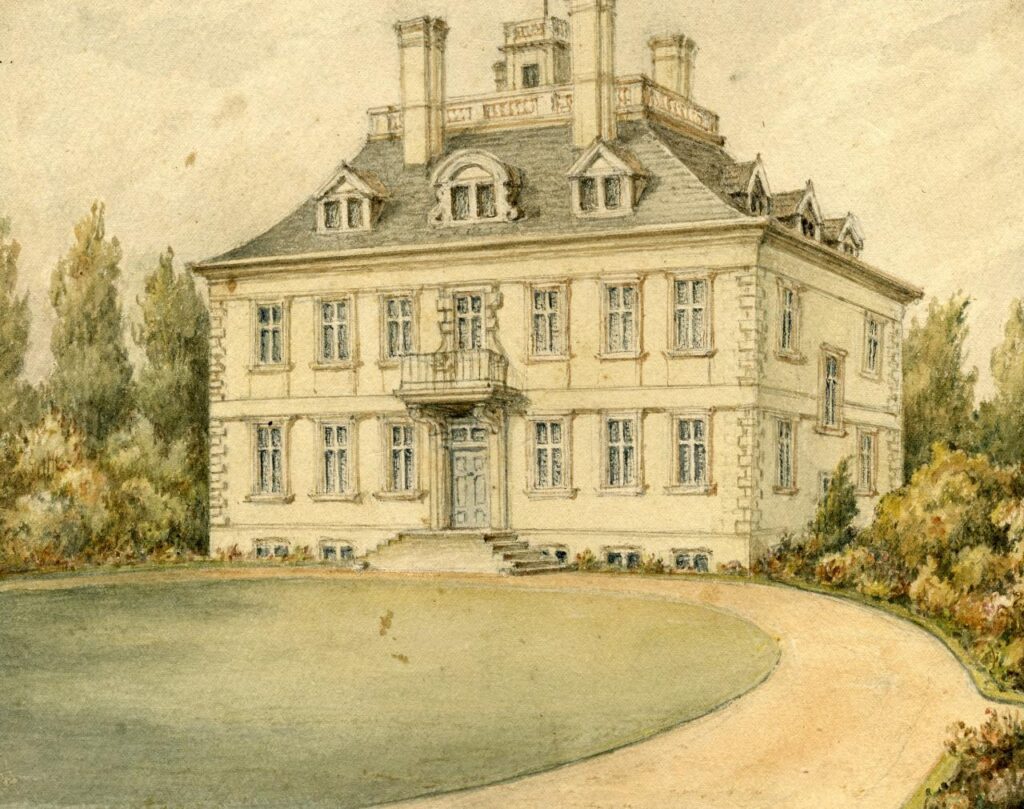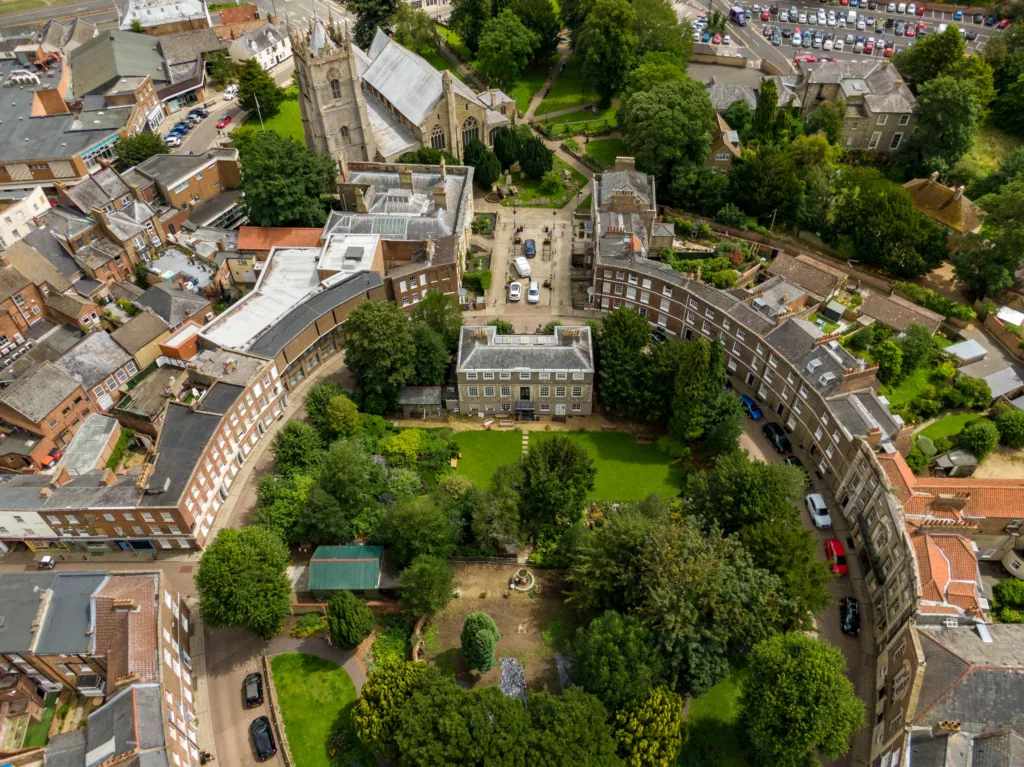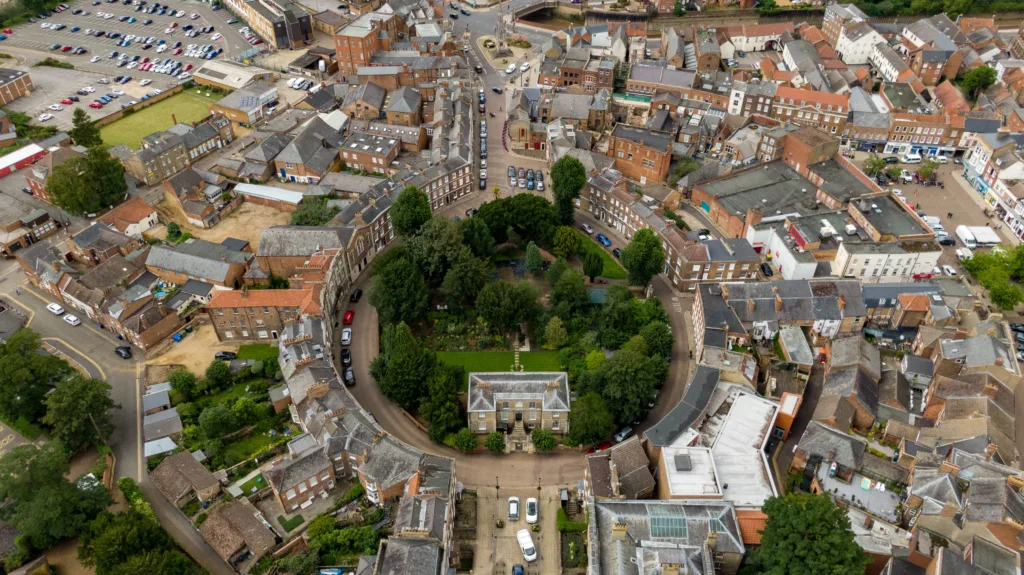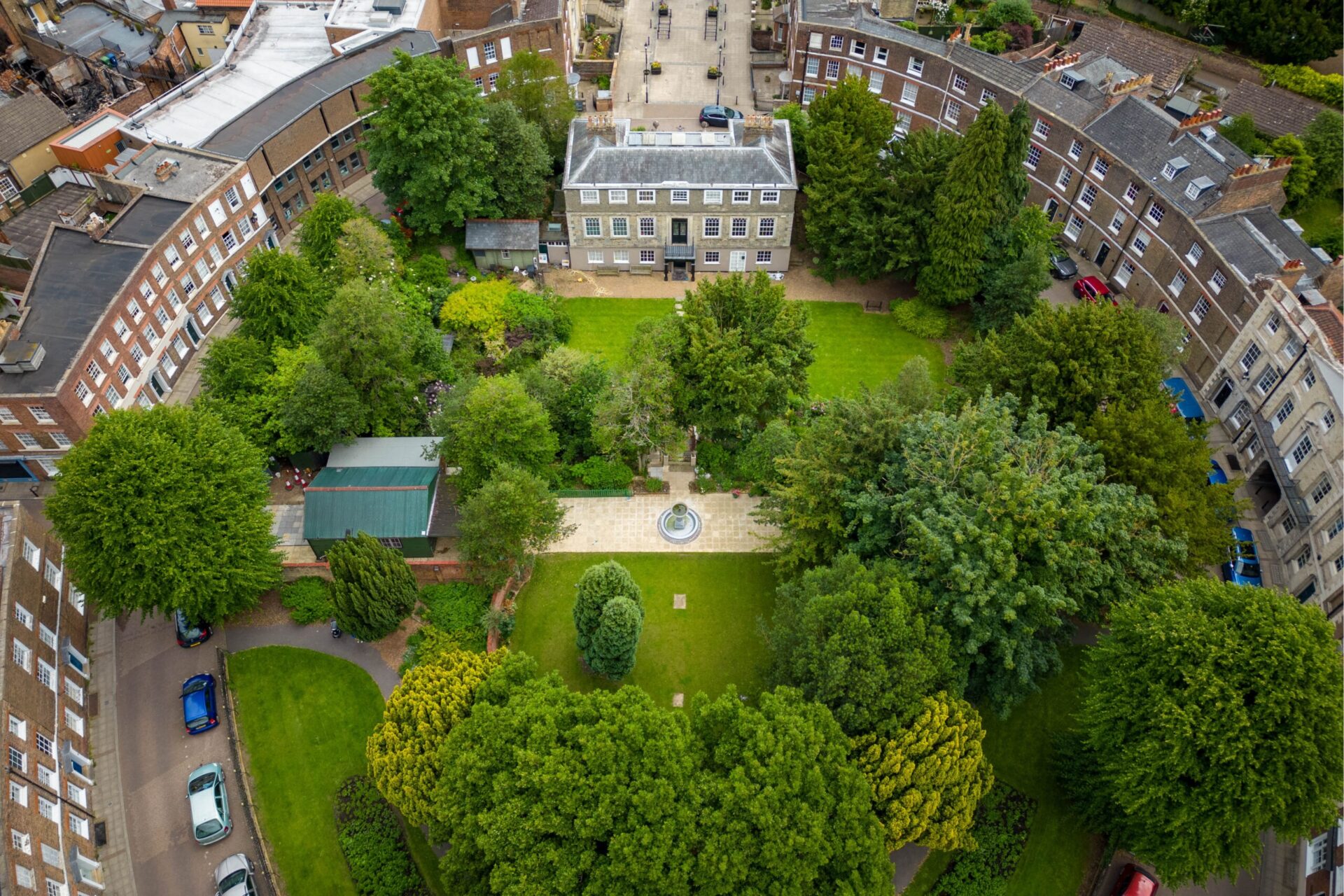No visual record exists of the castle built at Wisbech by order of William the Conqueror and myths have grown up to fill the vacuum around the mansion called the Castle in the middle of town. Local historian Kevin Rodgers’ latest and 15th book about his home town, launched at Wisbech Museum at the weekend, uncovers a solid reality – a real stone castle, traces of its moat still existing on the same site – beneath the hype.
The author points out that if, as a number of local history books had it, a substantial castle was built on William’s orders at this obscure marshy spot soon after his conquest, it would have got a mention in the Domesday Book of 1086 and there is none. William died a year after the Domesday record was compiled, so…

Kevin said: “If it were built in William’s lifetime it could only have been an embanked moat with a wooden stockade at the centre built at the first crossing of the Welle Stream and river Ouse from the sea.
“But it was strengthened and rebuilt in stone and so was fit for several English kings to come and stay in the next 400 years – including King John, the same night in October 1216 that his baggage train was lost as it crossed from King’s Lynn and just days before his death.”

Kevin continues to separate myth from reality with a light touch through 950 fascinating years and four new buildings on the same site as the original Castle right through to today, when it’s still in its final guise as a Regency villa built in the 1820s by visionary developer Joseph Medworth at the centre of his masterpiece Georgian circus.

Kevin said: “Many locals have never been in the Castle and many more wouldn’t recognise it as such. The one thing all can see is our magnificent Crescent, the brainchild of Joseph Medworth, a great Wisbech character. Few towns the size of Wisbech can boast such a splendid architectural treasure.”

The Castle at Wisbech by Kevin Rodgers, all proceeds to Wisbech and Fenland Museum, is on sale at the Museum’s shop from 10-4, Wednesday to Saturday.























